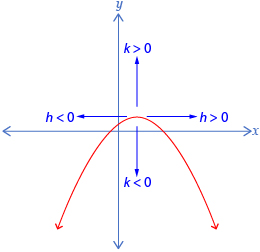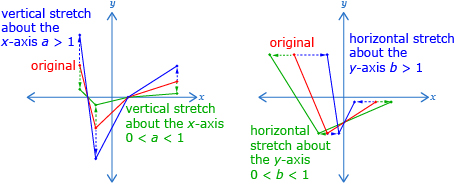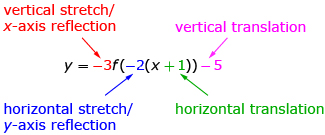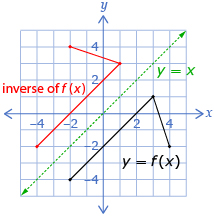Look at the pictures again from the module introduction. What transformations do you see? If you look closely you can see translations, stretches, and reflections as well as some other transformations. Transformations make it possible to manipulate functions in a variety of interesting ways, as seen in these and other pieces of art.
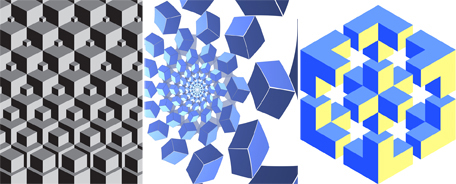
first image: © fat*fa*tin/4816771/Fotolia; second image: © pureguitarfury/6053388/Fotolia;
third image: Hemera/Thinkstock
In this module you investigated the following questions:
- How are transformed equations and graphs related to the original function?
- How can functions and their transformations be used in design?
You learned to transform a function in a variety of ways. Most of these transformations can be represented using the equation y = af(b(x − h)) + k. Starting with f(x), changing a caused a vertical stretch by a factor of a and a reflection across the x-axis if a was negative. Changing b caused a horizontal stretch by a factor of ![]() and a reflection across the y-axis if b was negative. The h-value translated the graph right h units (left if h is negative). Adding a k-value caused a vertical transition up k units (down if k is negative).
and a reflection across the y-axis if b was negative. The h-value translated the graph right h units (left if h is negative). Adding a k-value caused a vertical transition up k units (down if k is negative).
You also learned how to determine the inverse of a function, both graphically and by using equations. The inverse of f −1(x) “undoes” f(x).
In the Module 1 Project you transformed functions to design an image. You saw how a single function can be changed in many ways depending on the different transformations applied to the function.
Following are some of the key ideas that you learned in each lesson.
| Lesson 1 | Translations of Functions of the Form y – k = f(x – h)
|
| Lesson 2 | Reflections of Functions Across the x-axis and y-axis
|
| Lesson 3 | Stretches of Functions of the Form y = af(bx)
|
| Lesson 4 | Transformations of Functions of the Form y = af[b(x – h)] + k
|
| Lesson 5 | Inverse of Function—Reflection of Functions Across the Line y = x
|
